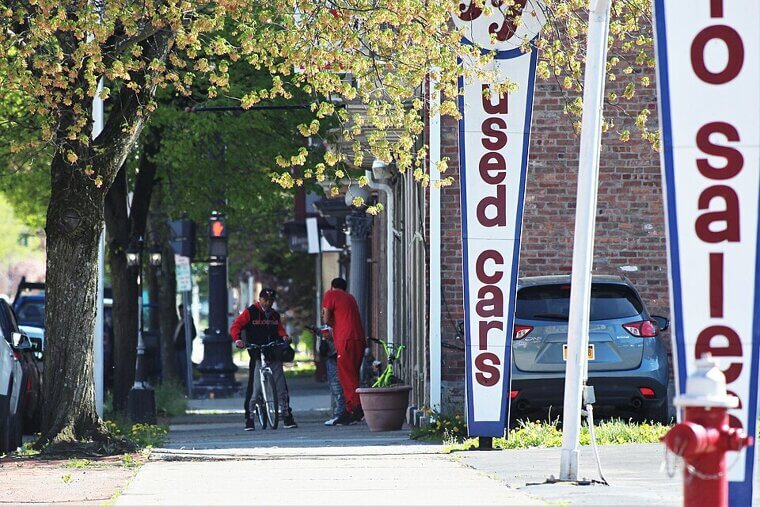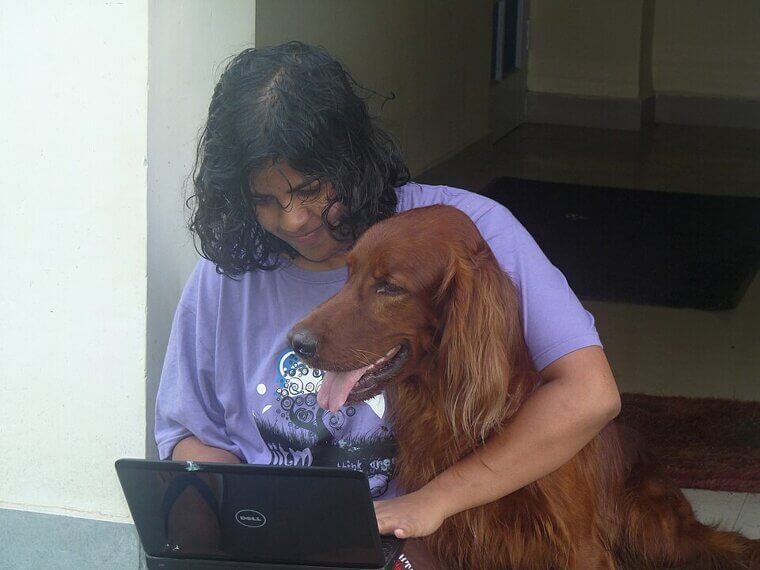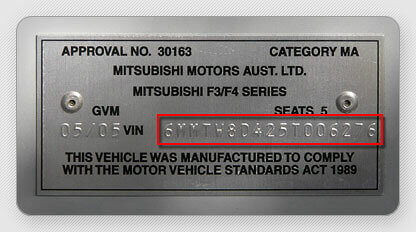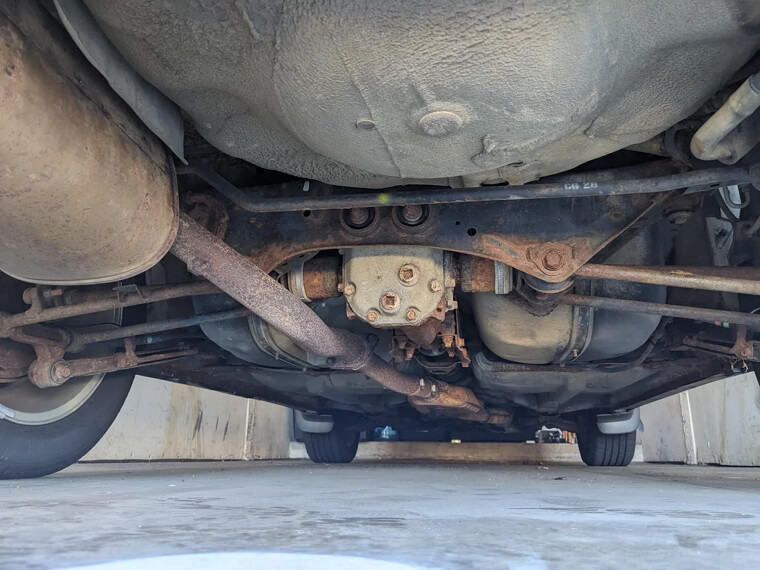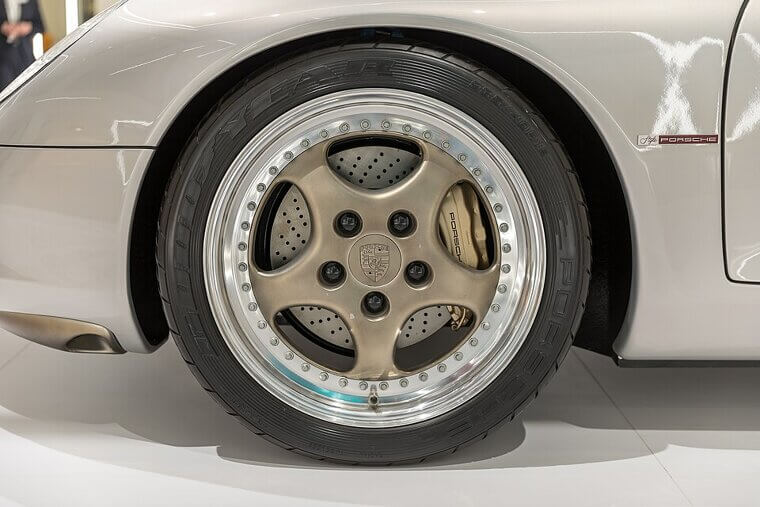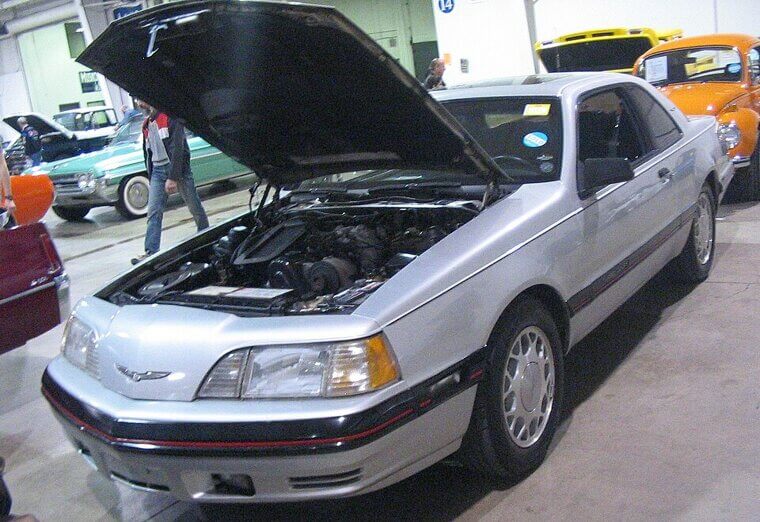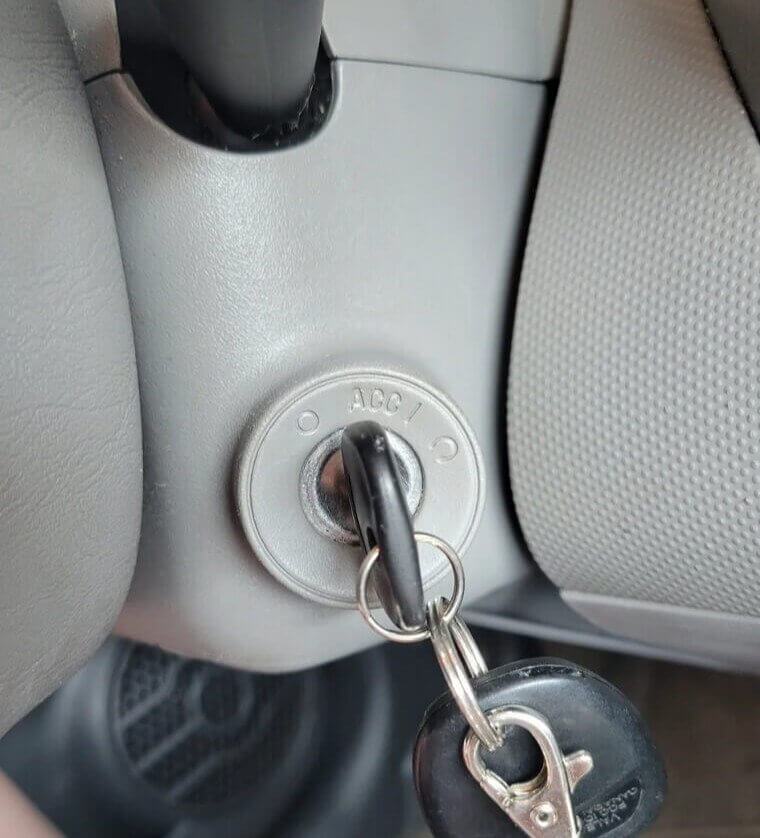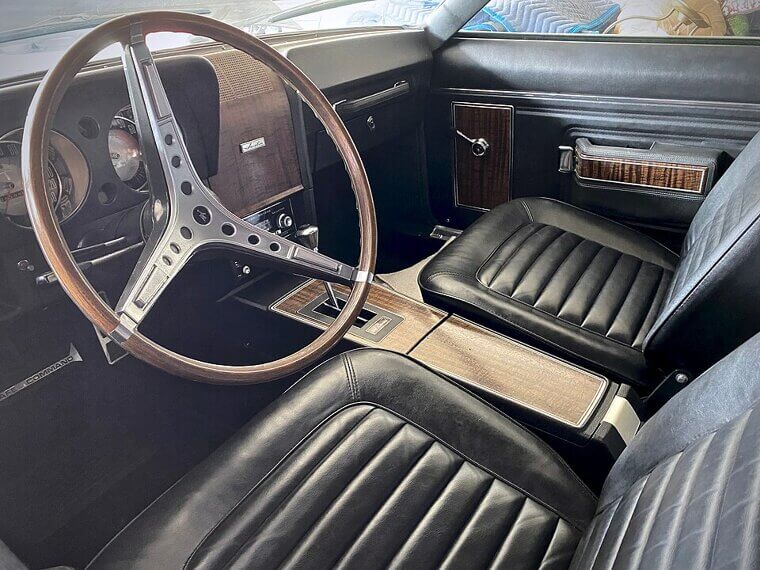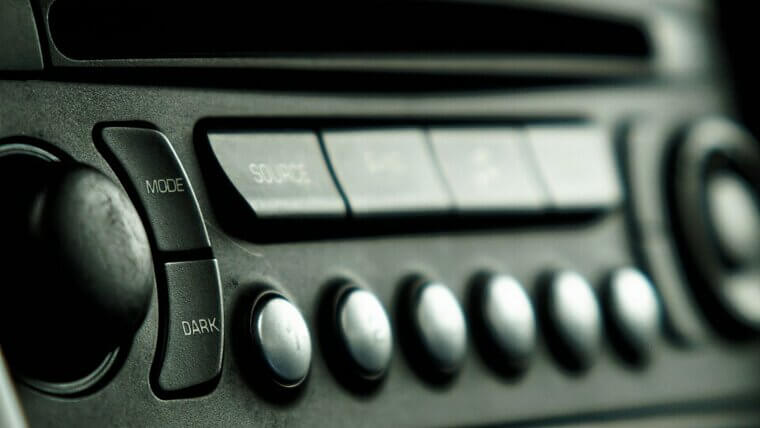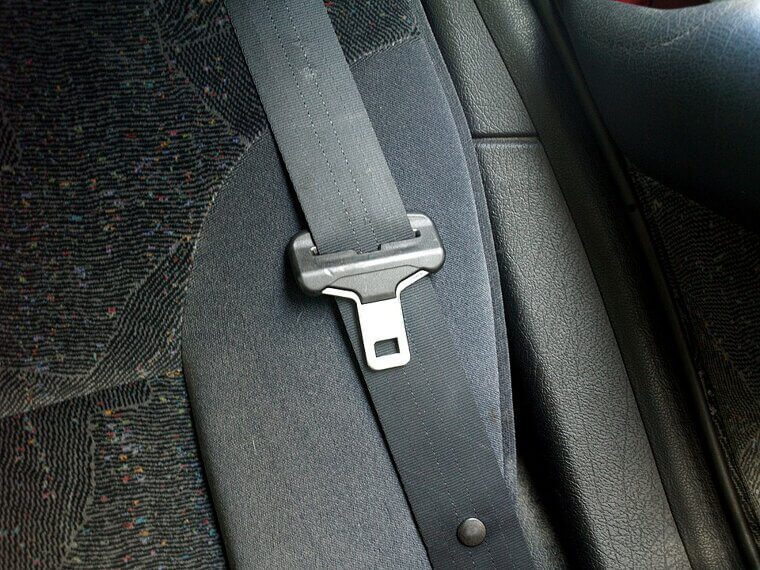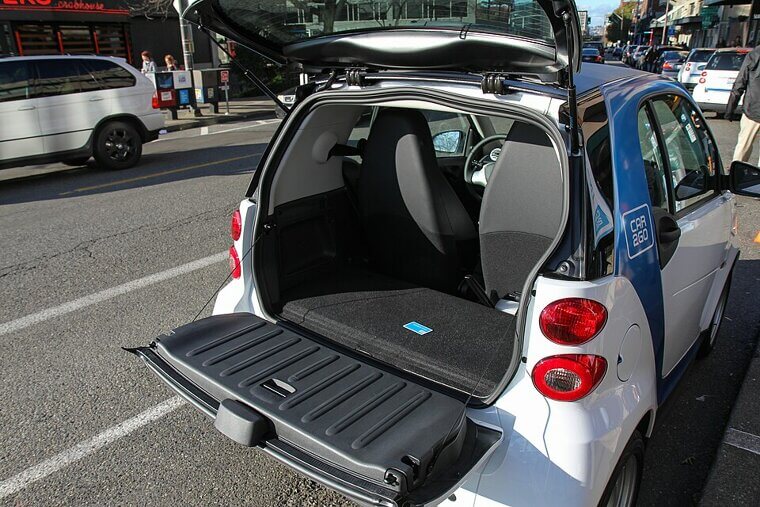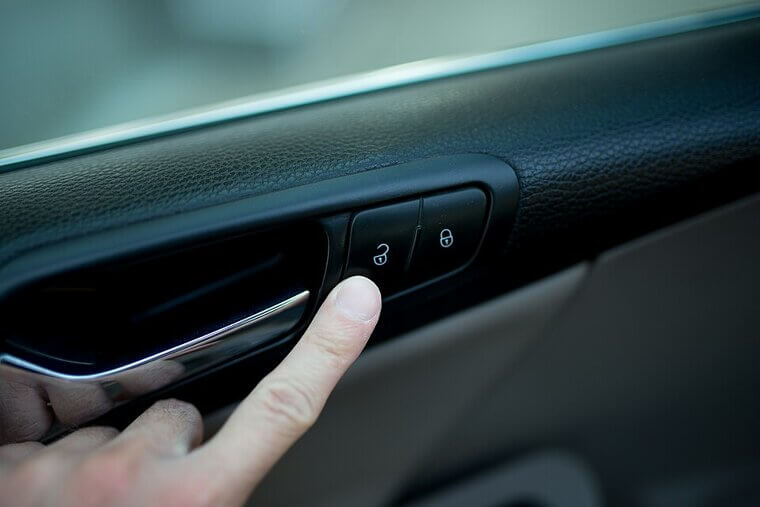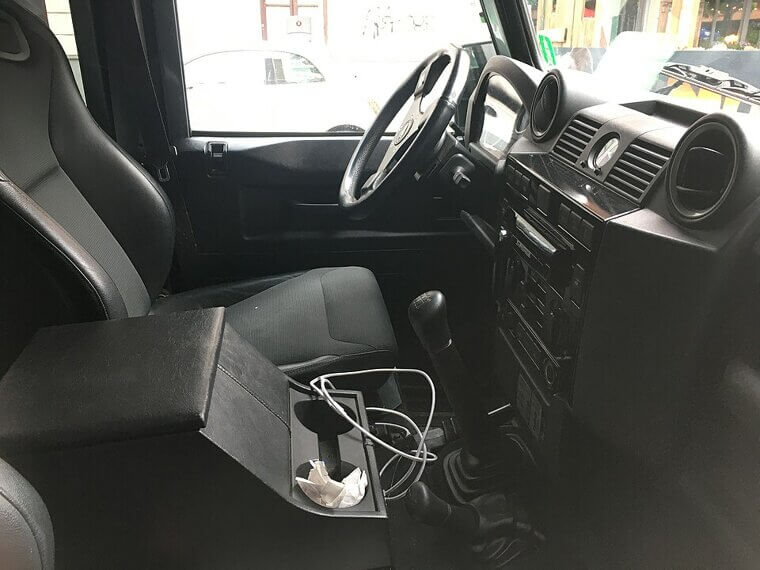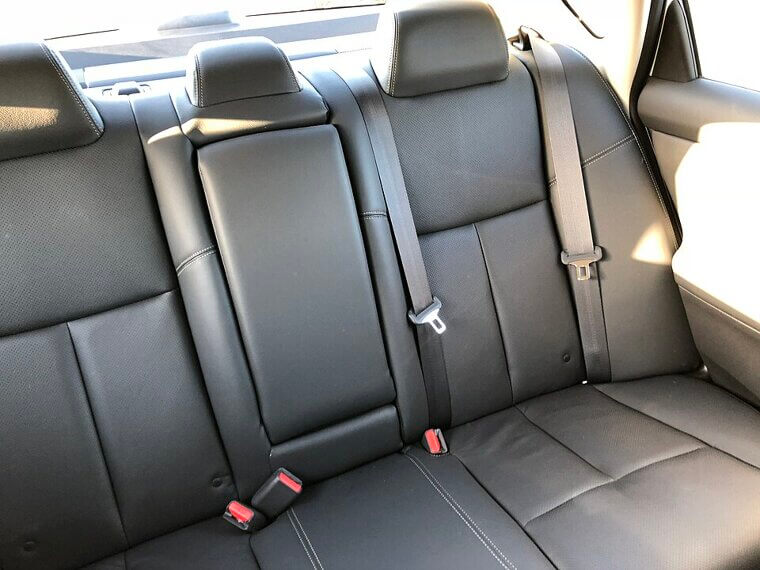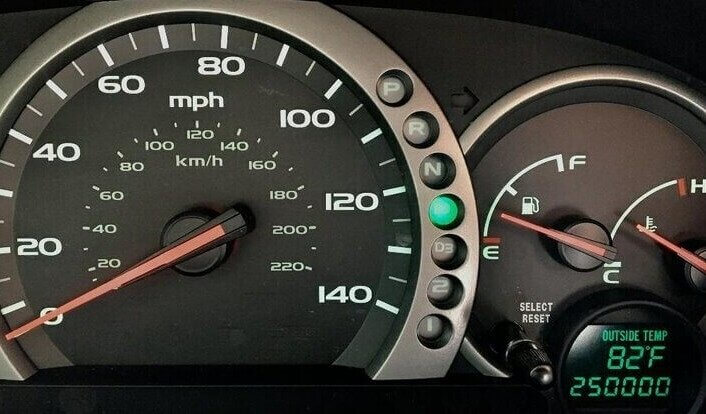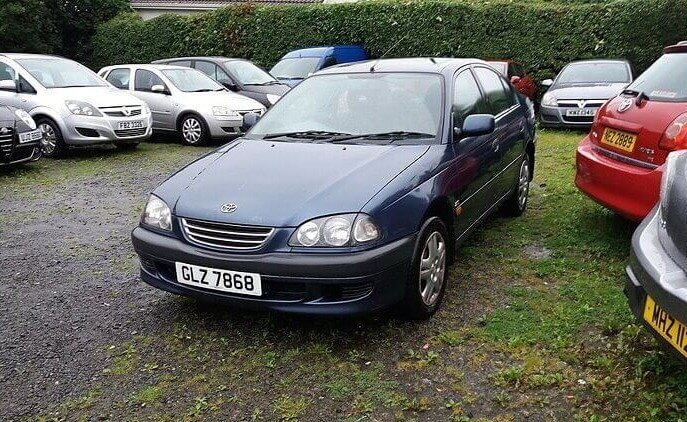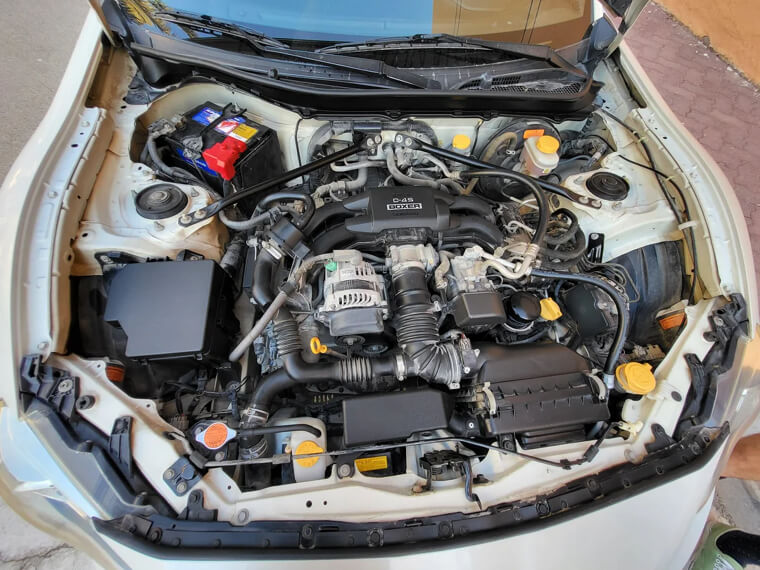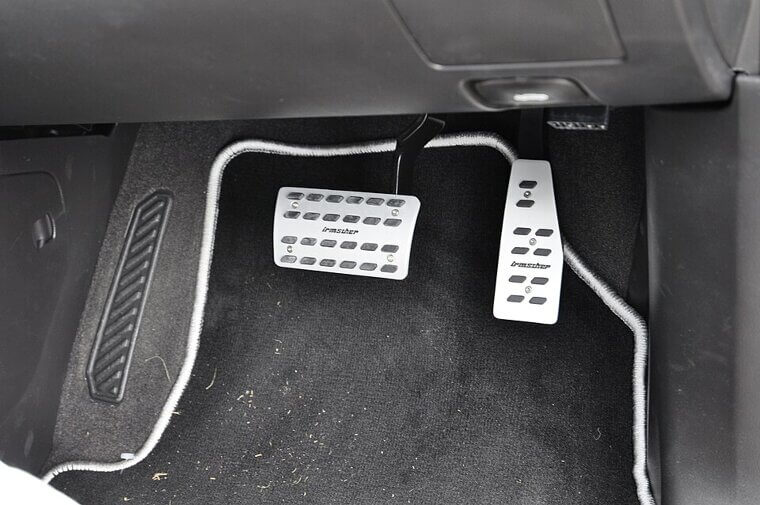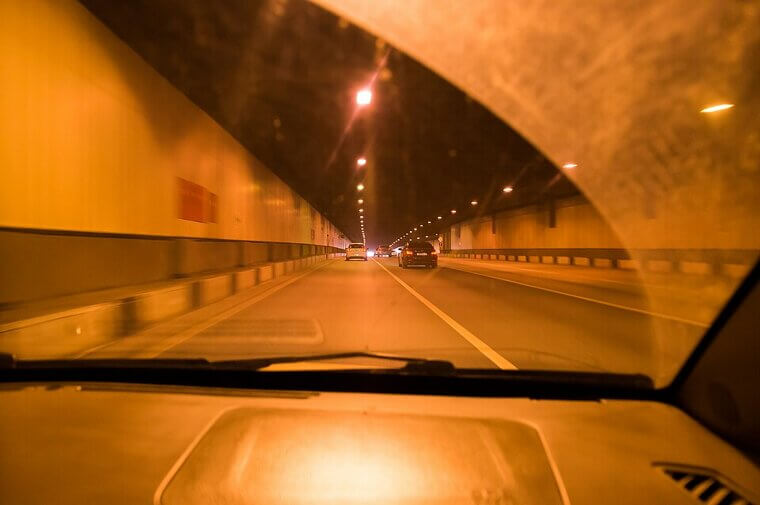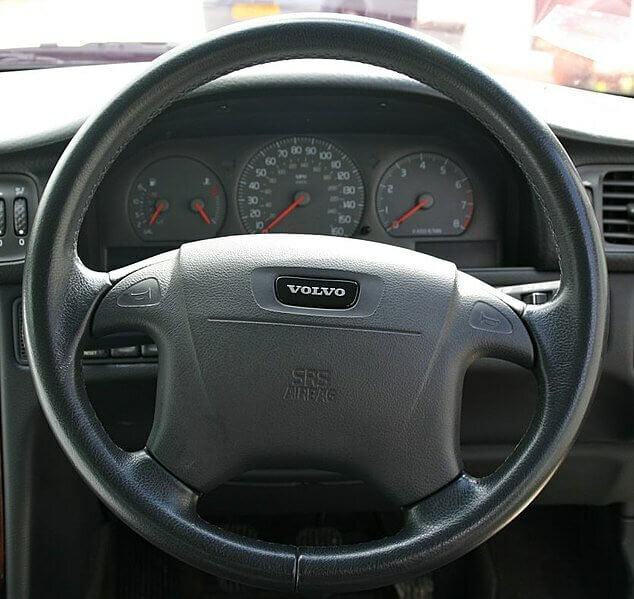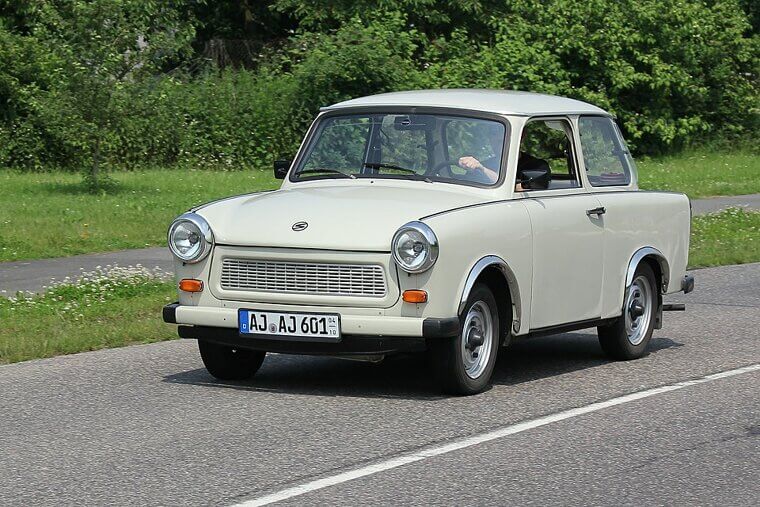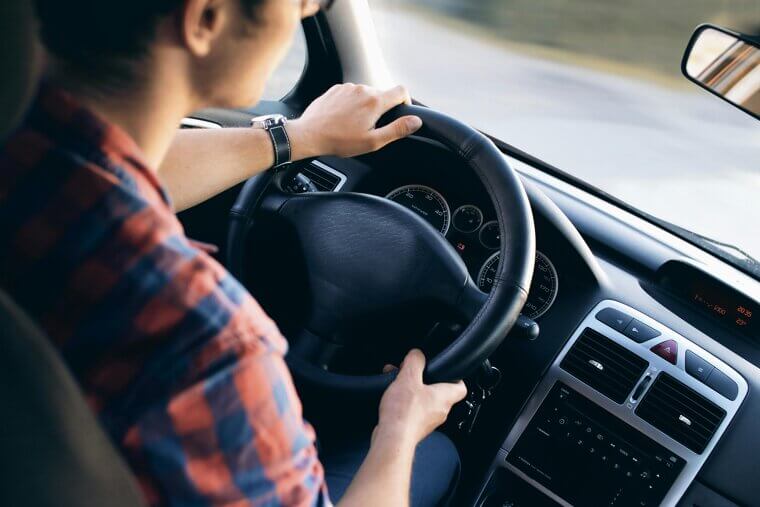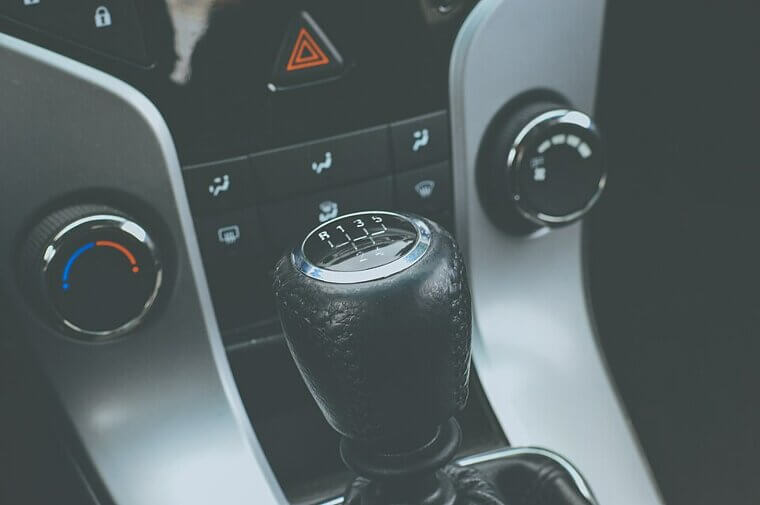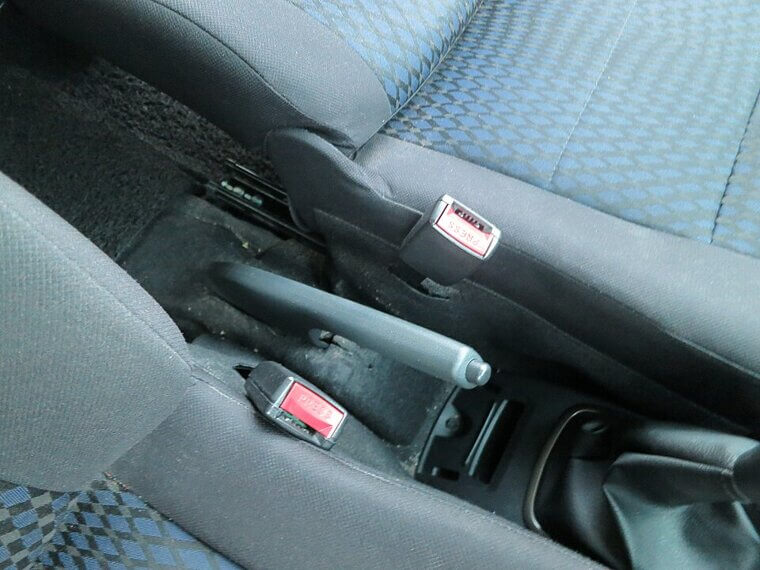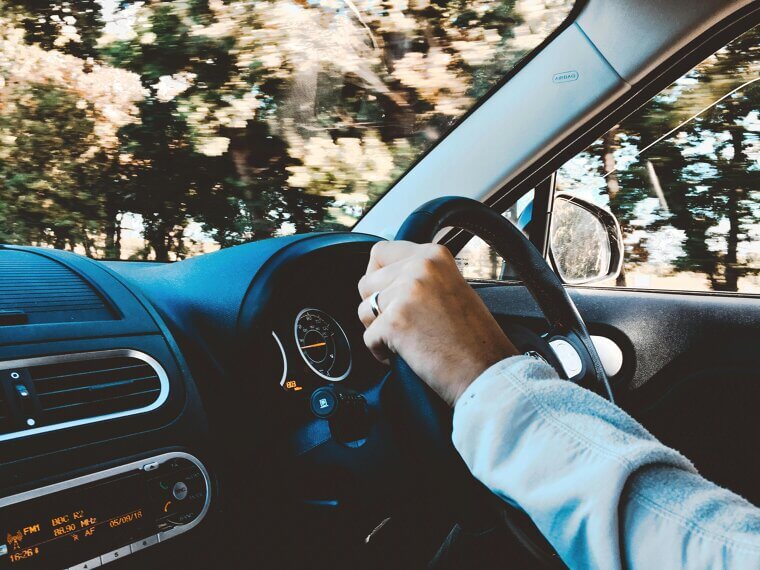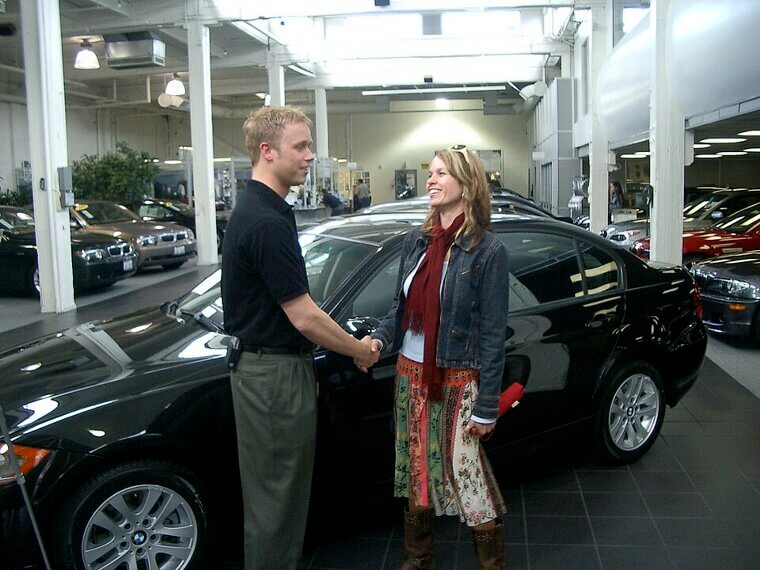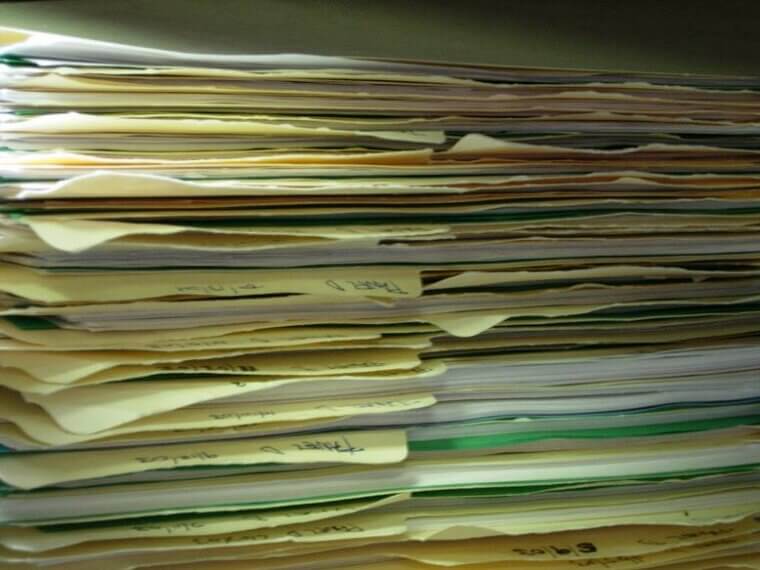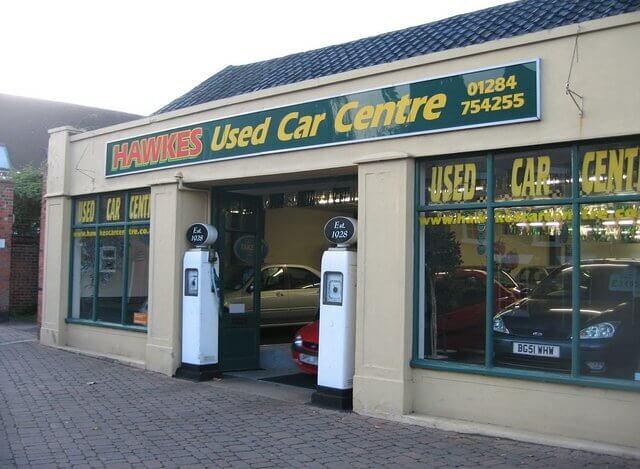Don't Rush Into Buying a Used Car
Are you planning to buy a used car in the near-future? If so, don't rush into it. There's lots to consider before accepting the keys from a seller at your nearby dealership. But try not to worry, folks. We're going to guide you through some of the most important steps right here. We hope you're ready!
Establish Your Budget
Before you set off to a used dealership to look at their selection of cars, take a moment to consider your budget. How much are you willing to spend? Are you in the right place financially to afford a down payment, as well as the monthly payments that'll follow? Establishing that is vitally important.
Identify Your Preferences Early
When you walk into a used dealership, it's always good to have an idea of what you want. What are you preferences? Do you have a specific car in mind? Identifying that beforehand could save you a lot of hassle. A quick look online is all it takes!
Check the Vehicle Identification Number
So you think you've found the right car for you. Awesome! What should you do next? Well, it might be wise to check the Vehicle Identification Number, otherwise known as VIN. This number will bring up the motor's history, giving you the chance to learn about its journey to the used showroom.
Look at the Used Vehicle Ratings
The VIN isn't the only useful tool you can call upon to learn more about a car. Used vehicle ratings online can be a big help as well. That information could give you a better idea of how the model's fared during its lifespan. Is it reliable? Are there any problems with it? You might unearth some crucial details!
Look for Imperfections in the Body
After doing all of your research, now's the time to take a closer look at the car in-person. To kick things off, run your eyes over the body. Are there any imperfections? We're talking dents, scratches, dulled paintwork — that kind of stuff. It's a great time to catch them.
Check the Underbody
After giving the body a once-over, don't be afraid to take a peek at the underbody, too. Are there any signs of rust? That could lead to complications further down the road, so keep a note of it. You can also check the wheel wells while you're down there!
Scan the Tires and Windows
Curious about the state of the car's tires? Well, now's the time to check them! Have a look to see if there's significant wear and tear in the rubber. Once you're done, scan the windows next. This is the perfect opportunity to spot any chips or cracks in the glass.
Get Under the Hood
Here's something to remember, folks. A used car's exterior may look perfect, but there's no telling what's hiding under the hood. So pop it open and have a peek! Can you see any damage to the engine? How about leaks? You could learn a lot about the motor here.
Turn on the Ignition While the Hood’s up
If the engine looks fine to you, it might be an idea to listen to it next. So with the hood still up, stick the key in the ignition and switch it on. Hopefully, it'll sound okay. But keep your ears open for unusual noises. Rattling or hissing could be a bad sign!
Check the Upholstery
Once you're done checking the car's exterior, jump inside and have a look at the interior next. You could start with the upholstery. Is it in good condition? Are there any stains or tears in the fabric? This is a great time to seek out imperfections, folks.
Test the Electronic Features
While you're inside the car, take the opportunity to test out its electronic features as well. See if the audio system's working properly. Does it sound okay through the speakers? And have a closer look at the climate control. Hopefully you'll be satisfied with what you find here!
Do the Lights Work?
When putting together an interior checklist, you can't forget about this! Yes, it's always wise to see if the car's lights are in working order. And we don't just mean the headlights and taillights. Test the cabin lamps as well. If there's a problem, take note of it.
Inspect the Safety Features
It goes without saying that car safety features are vital. They could very well save your life in the event of an accident. So be sure to give them the once-over while you're checking the interior. You can look at the state of the seatbelts, before seeing if the airbag warning light is working correctly.
Check the Trunk
If you didn't pop the trunk open while inspecting the body, now might be the time to do it. When you take a look inside, keep your eyes open for signs of rust or any type of water damage. That's a great way to tell if there's a hole in the area.
Test the Doors
If you get the chance, don't be afraid to test the state of the car's doors. Can you open and shut them without issue? Do the locks work? And how about the power windows? You should get a good idea of the doors' condition pretty quickly.
Check the Driver’s Seat
If everything else about the interior checks out, zone in on the driver's seat next. See how it feels when you sit down. Can you reach the controls and steering wheel without issue? And more importantly, is the visibility okay? You don't want to buy a car that struggles to tick those boxes!
Look at the Other Seats, Too!
Yes, testing the driver's seat is pretty important when you're looking at a car. But don't neglect the other seats! You'll want to know if they're okay as well. Will they be comfortable enough for your passengers? Take note of the legroom while you're sitting down, too.
Take Note of the Odometer Reading
To wrap up your interior inspection, have a look at the odometer reading on the dashboard. That number will tell you how many miles the car has traveled across its lifetime. If it's high, the vehicle could be nearing the end of its lifespan. Whatever the reading, though, take note of it.
Schedule a Test Drive
Happy with what you've seen so far? Great! The next steps are arguably the most exciting. After completing your checks, schedule a test drive at the dealership. There's no better way to see how the car runs on the open road. So once you've booked a slot, get ready to put it through its paces.
Testing a Cold Engine
At the beginning of the test drive, it might be a good idea to check the engine again — especially if it's on the older side. When they're cold, they can be harder to start. Should that happen here, you might think twice about buying the car.
Is It Easy to Park?
When you take to the road on your test drive, don't be wary of parking the car. In fact, you'll want to see how easy or hard it is. Where are the blind spots? Can you deal with them? Go to a quiet parking lot and give it a try.
Test the Brakes
It's always wise to pay close attention to the brakes during test drives. After all, you'll be using them a lot! Take note of their response time. Is there any lag? And how does the pedal feel? If you're not happy, be sure to bring it up when you get back to the dealership.
Listen for Strange Sounds
Here's a piece of advice for you — never listen to the radio when you're taking a test drive. Instead, focus your hearing on the car itself. Is it making any strange sounds? If so, that could be a sign that something's wrong.
Take Note of Any Vibrations
Strange sounds aren't the only thing you need to be aware of on a test drive, folks! You've got to take note of any vibrations in the car as well. That shouldn't happen — if it does, there could be a faulty or broken part somewhere.
Inspect the Steering Wheel
Unsurprisingly, you'll become very familiar with the steering wheel during your test drive. How does it feel? Keep note of any input delays, as that could be a bad sign. And try to see if veers off to a particular side. You can test that in a spacious parking lot.
Test the Suspension System
A solid suspension system is imperative when you're looking to buy a used car. So what better time to put it through its paces than on a test drive? All you need to do is find a bumpy patch of road. Nothing too rough, though — you want to get back to the dealership in one piece!
Drive in Various Conditions
The route you decide to follow on your test drive will be incredibly important. You don't just want to stick to one area. Instead, try to take the car on different roads. We're talking highways, city streets — you get the picture. It's a great way to see how it handles various driving conditions.
Is the Gear-Shifting Smooth?
If the used car you're interested in has a manual transmission, that's another thing to take note of during the test drive. Is the stick shift smooth? If not, there could be an issue with the gearbox.
Test the Handbrake
The handbrake is another component that'll get plenty of use on a test drive. Is it working properly? You could try parking on a hill to see if it holds. And how stiff is it? There's nothing worse than getting in an arm wrestling match your handbrake!
Consider a Pre-Purchase Inspection
Assuming that your test drive went off without a hitch, here's what you could do next. Pre-purchase inspections can be booked in with your local mechanic. They'll take a closer look at the car to see if you've missed anything. Better safe than sorry, right?
Determining the Price
If you're ready to finally buy the used car, don't rush in with a blind offer. Instead, do a bit of research on the current market value using the information that you've picked up along the way. It makes determing the price much easier.
Don’t Be Afraid to Negotiate!
With your research in hand, you stand a better chance of picking up the used car for the price you want. But don't be put off if the seller disagrees. You can try to negotiate with them to get the number down.
Completing the Paperwork
When a figure has been agreed, it's time to complete the paperwork to finalize the deal. You can't skip this step, folks! You've got to be ready to fill out documents for the car's registration, the title transfer, and much more. Ask for help if you need it.
Getting Insured
So what's the last step before bringing the used car home? Simple — you've got to sort out the insurance. With a little research, you can find coverage that best suits your financial situation and go from there. It should be plain-sailing after that.

